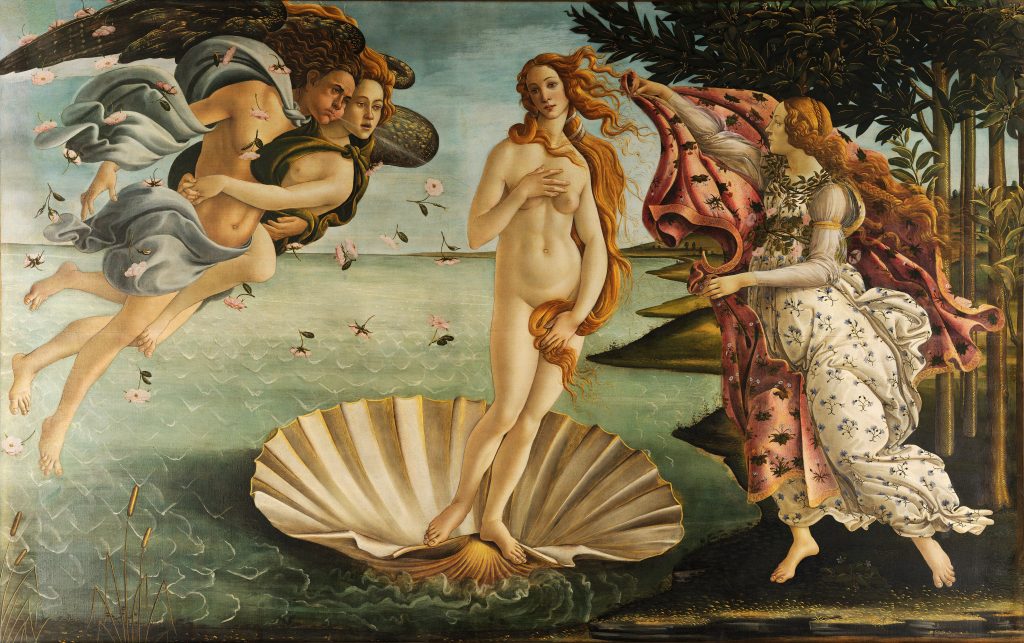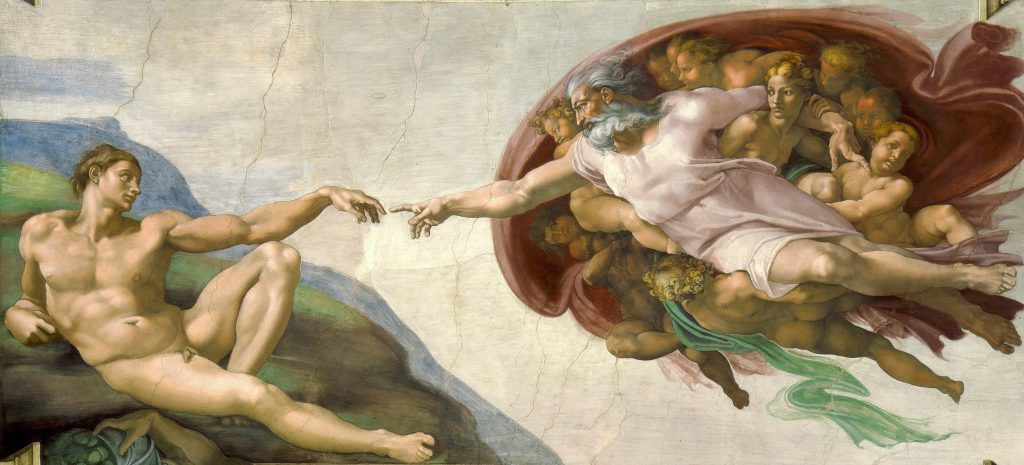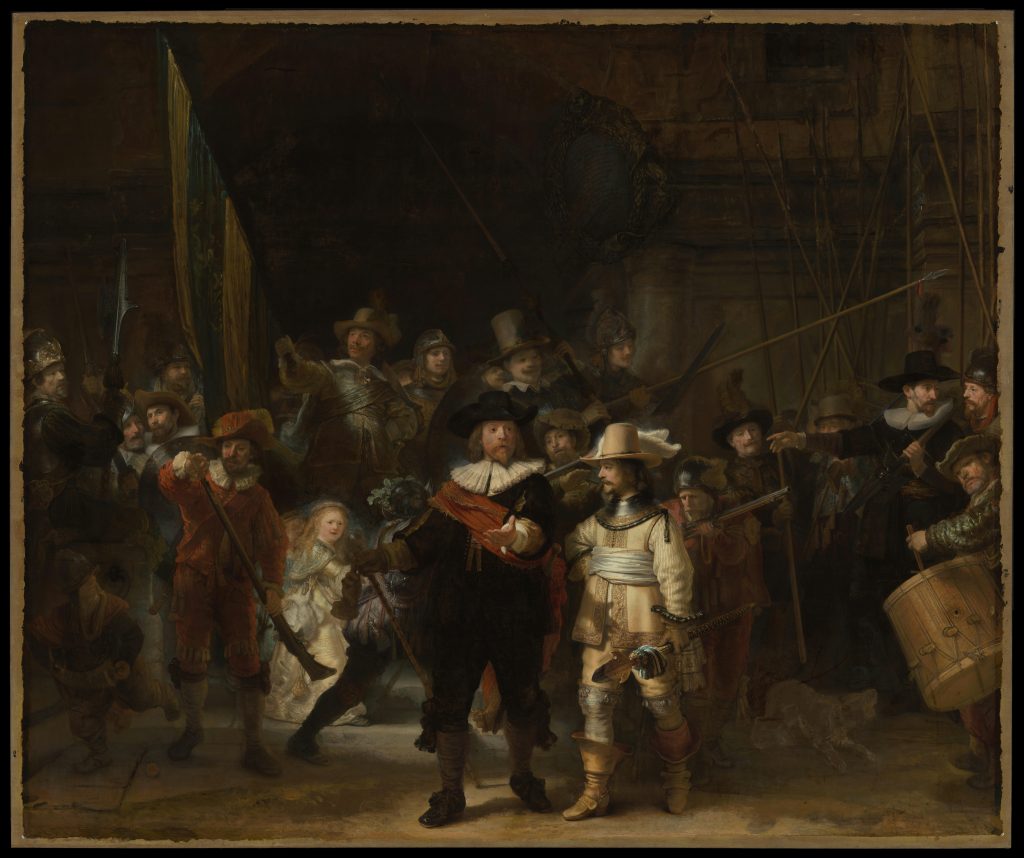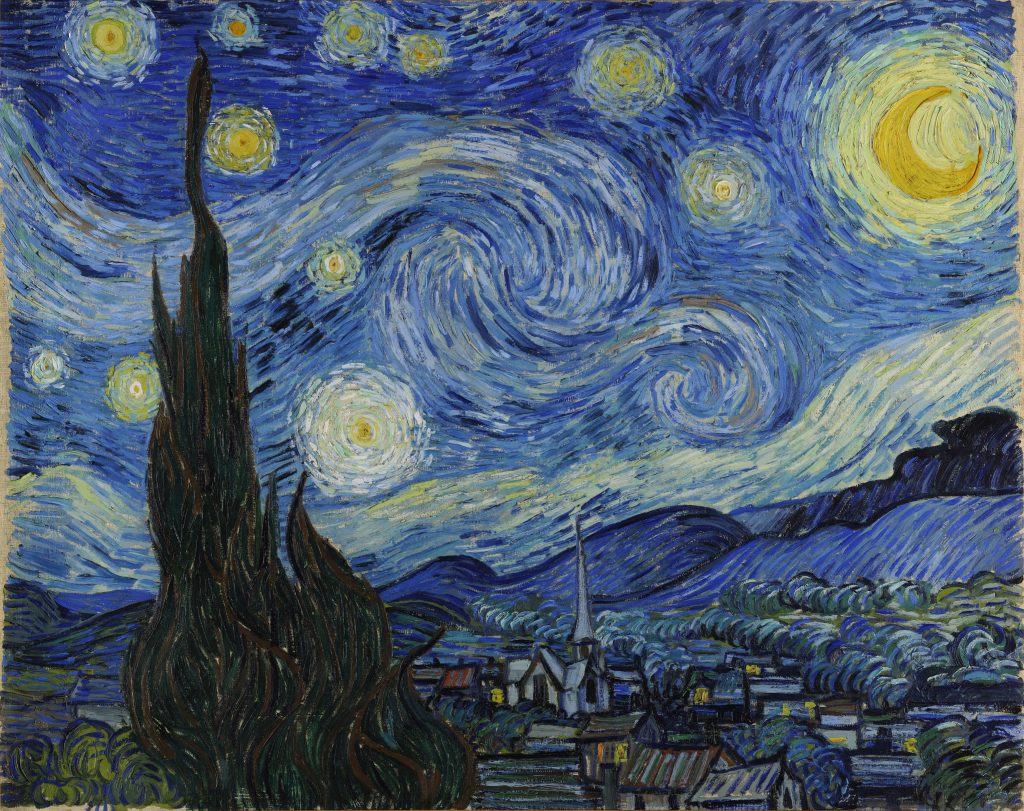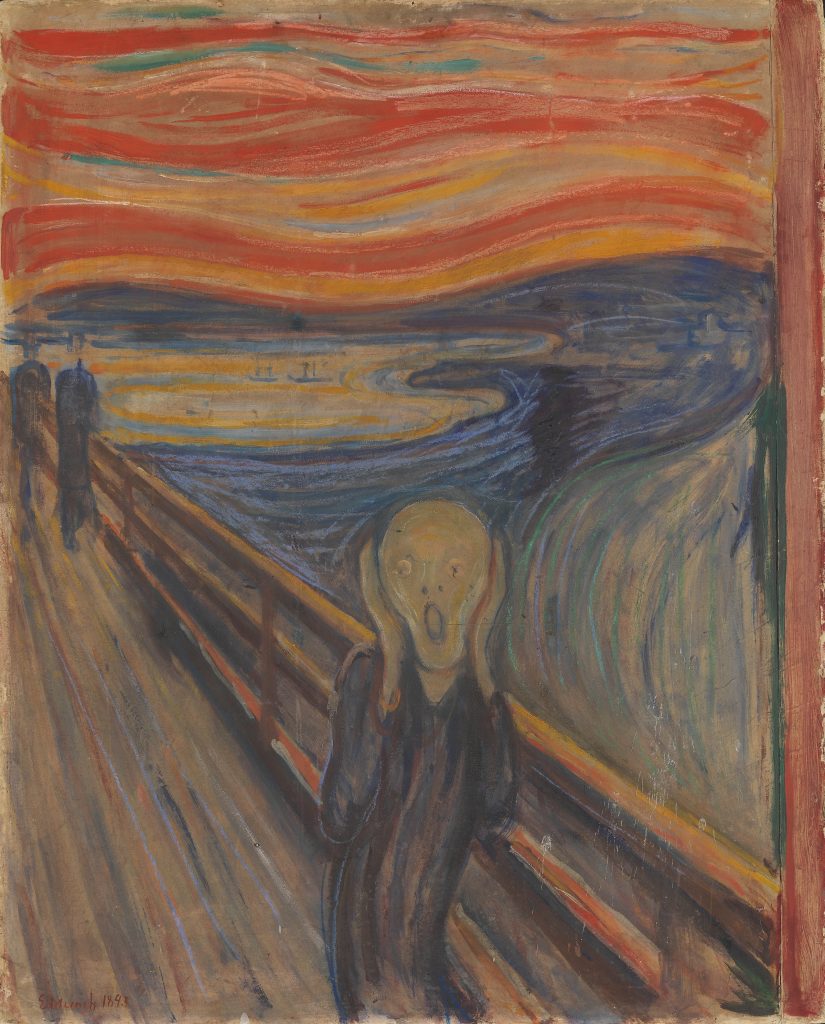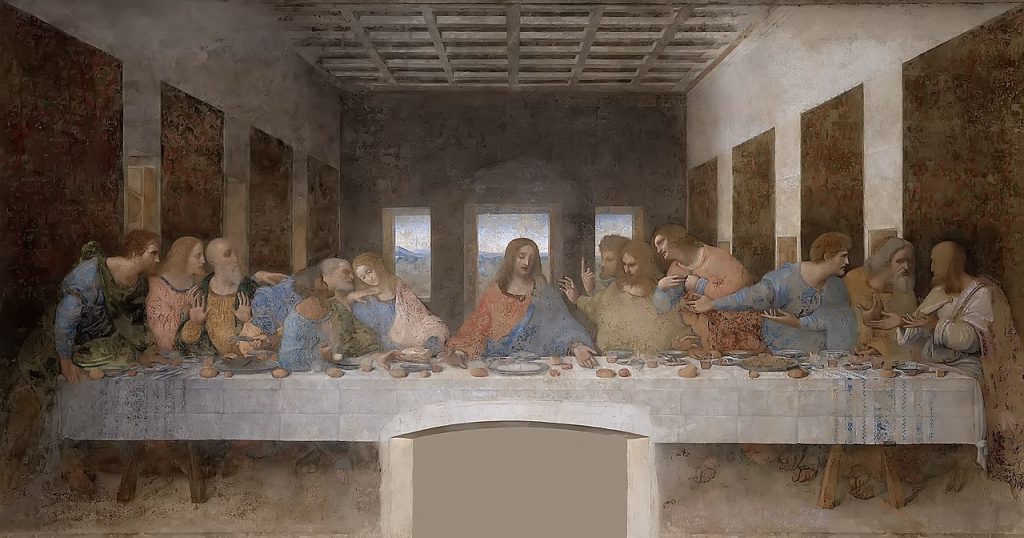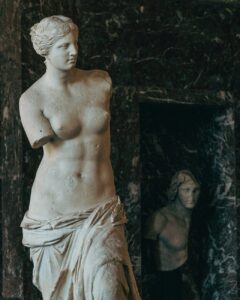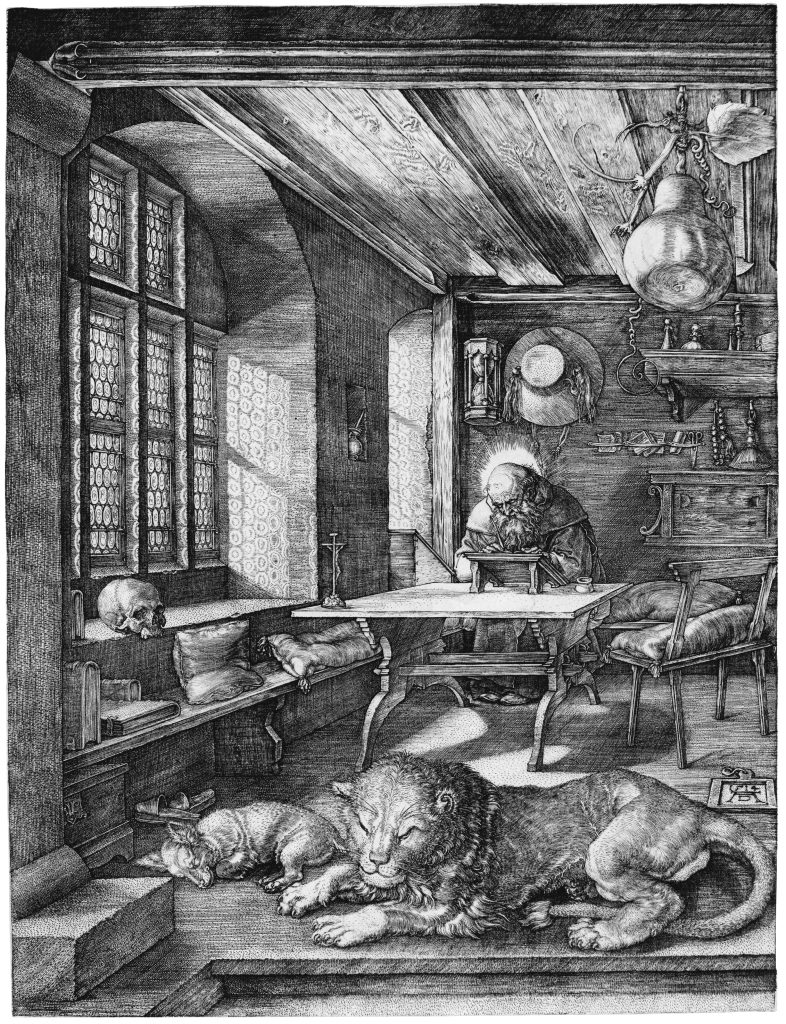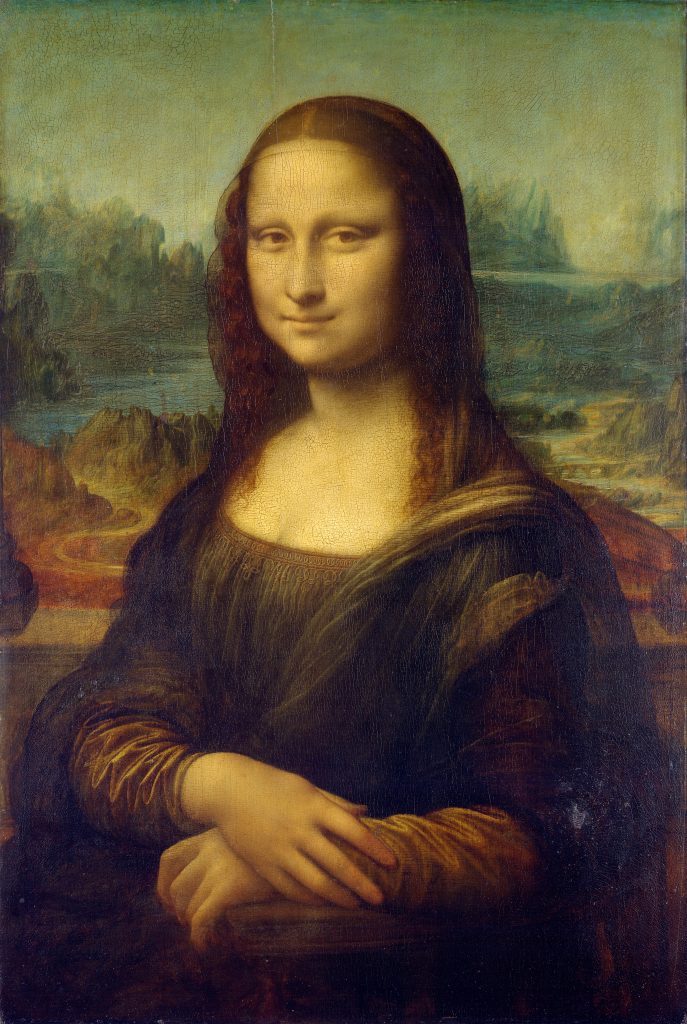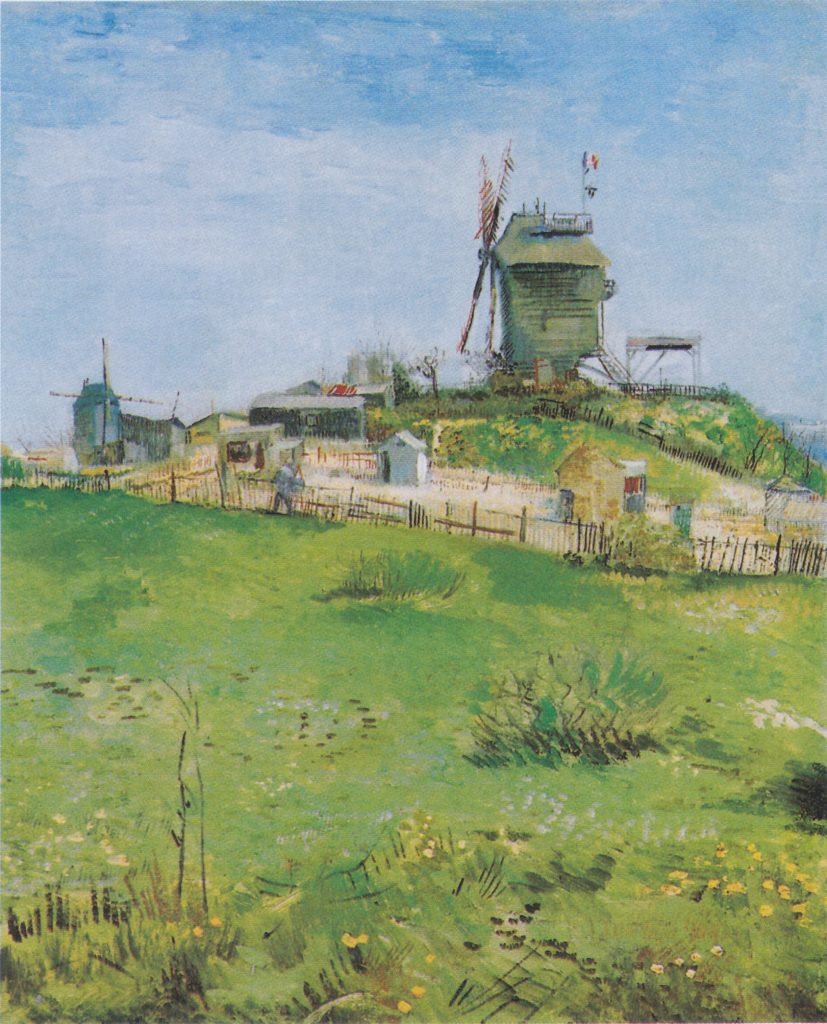The Birth of Venus – Sandro Botticelli
The Birth of Venus
“The Birth of Venus” is an iconic painting by the Italian Renaissance artist Sandro Botticelli, created in the mid-1480s. The painting is widely regarded as one of the greatest works of fine art in history, admired for its technical skill, beauty, and mythological significance.
Botticelli’s painting depicts the birth of the goddess Venus, as told in classical mythology. The central figure of the painting is Venus herself, depicted as a beautiful and idealized figure, standing on a shell in the midst of the sea. The figures of Zephyr and Aura, the wind gods, are depicted blowing her towards the shore, where a group of figures awaits her arrival.
The composition of the painting is notable for its balance and symmetry, with the central figure of Venus situated at the center of the composition and surrounded by other figures and symbols of spiritual significance. The use of color is also significant, with Botticelli’s characteristic use of soft, delicate colors creating a sense of beauty and harmony.
One of the most striking aspects of “The Birth of Venus” is its symbolism. The painting is rich with symbolism, with the figures and elements of the composition holding deeper meanings. The figure of Venus, for example, is often seen as a representation of love and beauty, while the shell on which she stands is a symbol of birth and regeneration. The figures of Zephyr and Aura are often interpreted as symbols of the power of nature and the divine.
“The Birth of Venus” is also significant for its place in the development of art history. The painting is often seen as a symbol of the Renaissance, with its focus on classical mythology, idealized figures, and the beauty of the natural world. The painting has had a profound impact on the history of art, inspiring countless artists and art movements.
In conclusion, “The Birth of Venus” is a masterpiece of art that captures the beauty and symbolism of classical mythology. Botticelli’s skillful use of composition, color, and symbolism creates a work of art that is both majestic and sublime. The painting remains a testament to Botticelli’s genius as an artist and innovator, and a symbol of the enduring power of art to inspire and uplift the human spirit.

